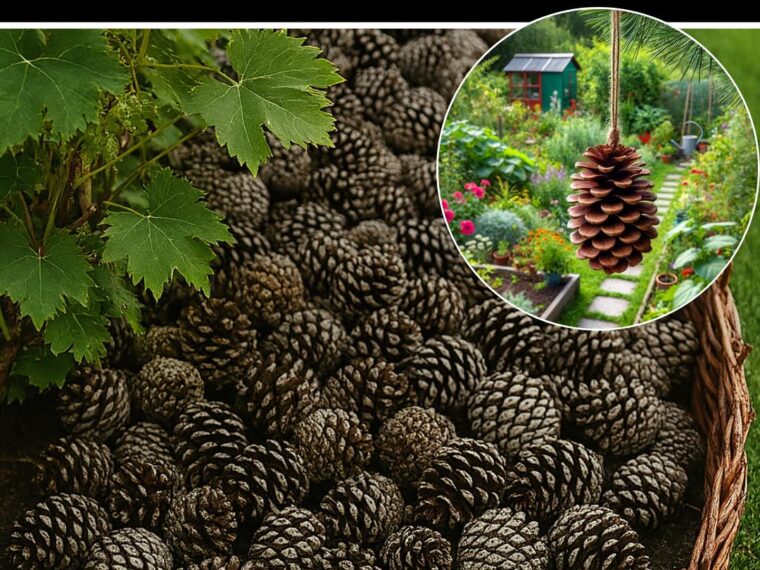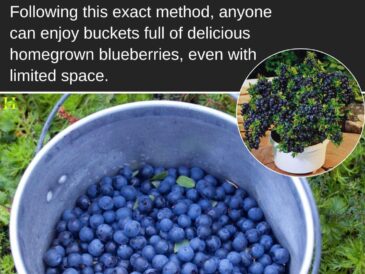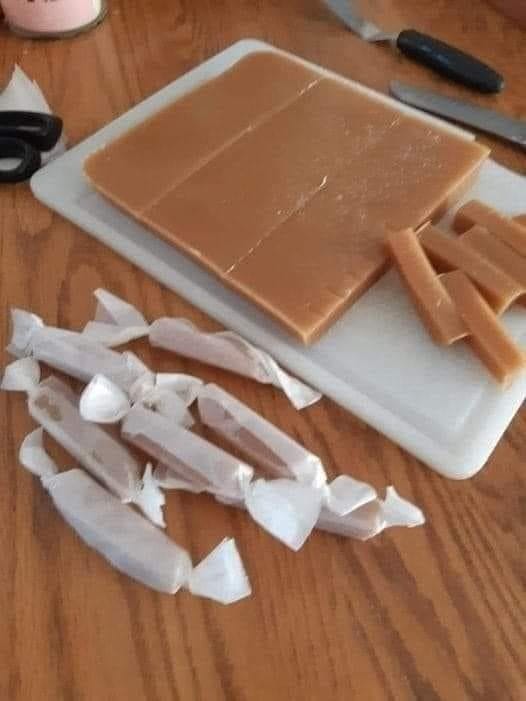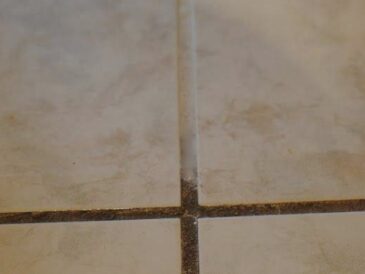Every autumn, as pine trees shed their cones, many people see them as nothing more than forest litter — debris to sweep off the driveway or rake from underfoot.
But to seasoned gardeners, these woody, seed-bearing treasures are far from waste. Pine cones are one of nature’s most versatile and underrated tools for the garden, offering uses that range from soil improvement and natural pest control to creative garden design and wildlife support.
Understanding Pine Cones: Nature’s Seed Protectors
Before diving into their uses, it helps to understand what pine cones actually are.
Pine cones are the reproductive structures of coniferous trees, like pines, spruces, and firs. Female cones contain seeds protected by tough, woody scales that open when conditions are right, dispersing the seeds. Male cones, smaller and less noticeable, produce pollen.
Beyond reproduction, pine cones have evolved with remarkable adaptations:
- Seed protection: Shields seeds from predators.
- Weather resilience: Insulates seeds from extreme heat, cold, and moisture.
- Timed dispersal: Opens only when conditions favor germination.
For gardeners, these traits translate into durability, pest resistance, and ecological benefits when pine cones are returned to the garden soil.
How to Collect and Prepare Pine Cones
When to Collect
Autumn is the ideal time. By late September through November, mature cones naturally drop from trees. Look for cones that are:
- Fully open (dry and mature)
- Brown or tan rather than green
- Free from mold, rot, or insect holes
How to Clean and Prepare Them
- Shake off debris: Brush away dirt, leaves, or insects.
- Rinse: Wash briefly in water with a splash of vinegar to kill bacteria or spores.
- Dry thoroughly: Air-dry in the sun for several days, or bake at 200°F (93°C) for 20–30 minutes.
- Store: Keep in a breathable bag or box until use.
Why Pine Cones Are So Valuable in the Garden
Pine cones are durable, porous, and slow to decompose. They can:
- Regulate water by absorbing and releasing moisture
- Suppress weeds naturally
- Aerate soil as they slowly break down
- Provide habitat for beneficial insects and small wildlife
- Serve as biodegradable, long-lasting mulch
15 Brilliant Ways to Use Pine Cones in Your Garden
1. Mulch That Lasts for Years
Pine cones make excellent long-lasting mulch. Their woody structure slows decomposition, retaining moisture, regulating soil temperature, and suppressing weeds.
Use tips: Layer whole or crushed cones around perennials, shrubs, and trees. Avoid direct contact with stems.
2. Natural Weed Barrier
Spread a 2–3 inch layer of pine cones to block sunlight and prevent weeds from sprouting. Combine with cardboard or newspaper for extra protection.
3. Perfect for Moisture Regulation
Pine cones gradually absorb and release water, keeping roots hydrated without waterlogging. Mix with compost or leaf mold for added fertility.
4. Soil Aeration and Structure Improvement
Crushed cones loosen compacted soil, improve drainage, and enhance root growth. Use them in raised beds or as part of a “lasagna garden” base.
5. Excellent Drainage Layer for Containers
Place 2–3 inches of whole cones at the bottom of pots to improve drainage and reduce root rot. Lighter than stones, they also make pots easier to move.
6. Protect Delicate Plants from Frost
Heap pine cones around crowns of tender perennials before frost. Combine with straw or leaves for extra insulation.
7. DIY Pathways and Garden Edging
Line paths with cones or crush them to create textured surfaces. Spray with natural oil for enhanced color and longevity.
8. Seedling Support and Protection
Place small cones around newly seeded areas to deter squirrels, birds, and cats. They allow water and light through while preventing digging.
9. Beneficial Insect Habitat
Tuck pine cones under shrubs or in insect hotels to shelter ladybugs, lacewings, and solitary bees. Leave some undisturbed through winter.
10. Attract Birds and Wildlife
Coat cones in peanut butter and roll in seeds for bird feeders. Scatter around compost or brush piles to encourage wildlife diversity.
11. Compost Accelerator
Shredded cones add carbon to compost and improve aeration, balancing high-nitrogen kitchen scraps.
12. Natural Pest Deterrent
Resin compounds repel ants and slugs, and the tough texture discourages digging animals. Place around vulnerable plants or raised beds.
13. Creative Garden Crafts
Use cones for wreaths, ornaments, or garden décor. Spray with beeswax or shellac for weather resistance.
14. Raised Bed Fillers
Use pine cones as a lightweight bottom layer in deep raised beds. They create air pockets for roots and decompose slowly to improve soil.
15. Fire-Safe Mulch for Perimeter Zones
Whole pine cones reduce fire risk compared to fine bark or straw. Always follow local fire safety regulations.
Safety Tips
- Avoid fresh, sticky cones — they attract insects and mold.
- Don’t layer too thickly (over 4 inches) to allow water and air through.
- Avoid cones from pesticide-treated areas if using near edibles.
Pine cones are more than autumn debris — they’re a natural, versatile, and eco-friendly tool for every gardener. From soil improvement to wildlife support and creative projects, they bring both function and charm to your garden.





